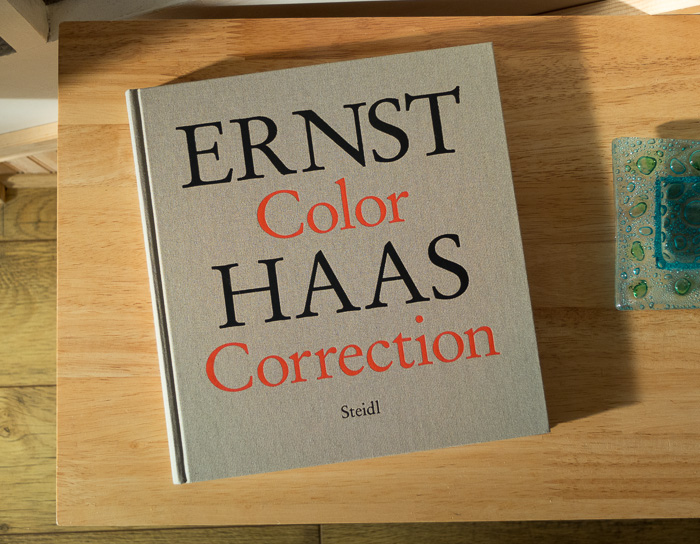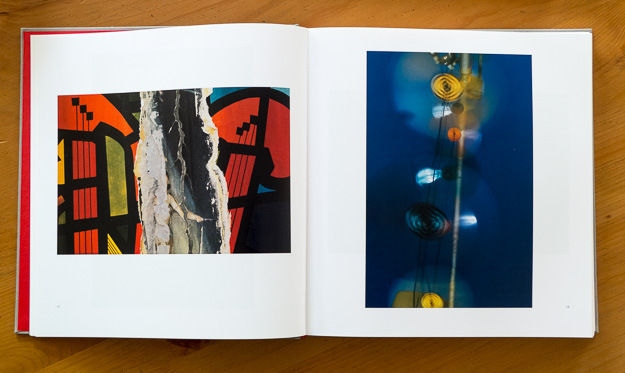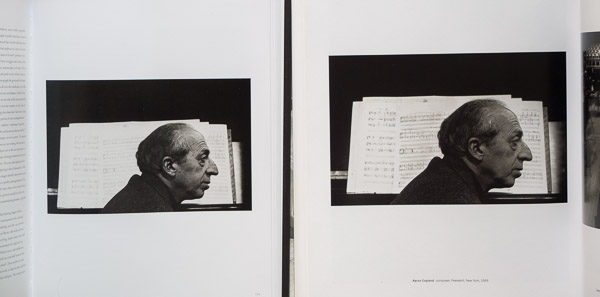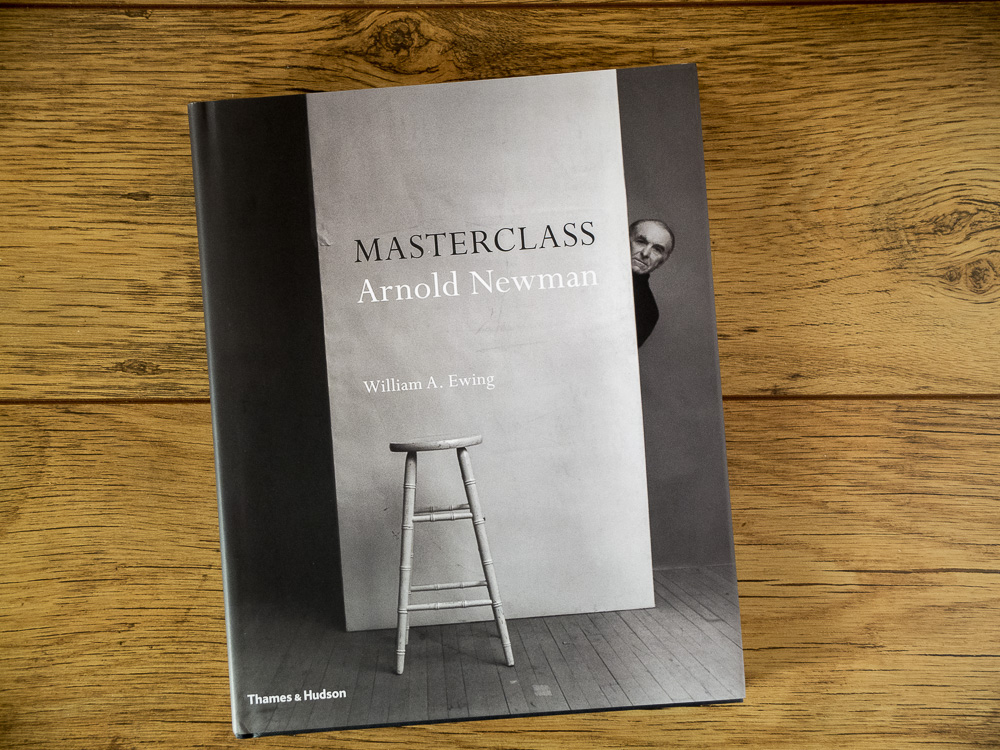William A. Ewing
Color Correction - Ernst Haas
08 April 2013
 Among the first few photo books I got was Ernst Haas 1975 book In America I had seen his work featured in, I would say, a copy of the American magazine Popular Photography and was really excited by it. Shortly after, a photographer friend of mine gave me a copy of Haas' book as a birthday present. Of course I soaked it up. I shot mainly black and white at that time and had just set up a darkroom. But this introduced me to colour, it's language and power and how a great photographer handled it.
Among the first few photo books I got was Ernst Haas 1975 book In America I had seen his work featured in, I would say, a copy of the American magazine Popular Photography and was really excited by it. Shortly after, a photographer friend of mine gave me a copy of Haas' book as a birthday present. Of course I soaked it up. I shot mainly black and white at that time and had just set up a darkroom. But this introduced me to colour, it's language and power and how a great photographer handled it.Haas died in 1986 and in the intervening years his personal work seems to have got little exposure. So it was, with some excitement, that in 2011 I read that Steidl were to publish a book of Haas' work called Color Correction. At the start of the book, William Ewing explains the title '' I have chosen to use the term metaphorically, to suggest that we owe it to Ernst Haas, and our understanding of the history of colour photography, to re-evaluate his importance in light of this marvelous imagery, kept under wraps for so many years."
The book itself is a model of simple elegance. It's almost square format ( 25.8 x 27.3cm) is ideal to give equal space to both landscape and portrait formats from Haas' kodachromes. The book is also easy to handle. Divided into 12 sections, the work is presented an image per page with a little bit of 'breathing space' around each, (see photo) all the way through. This results in creating a visually quiet setting in which to enjoy these photographs which, by their nature, are poetic visual meditations. One gets a sense of the respect and joy for the world the photographer had. The reproductions are excellent on good quality paper. The book contains lots of work I had not seen before. Of those I had, it was interesting to see that the cover shot for In America was not used in Color Correction but a variation of it , one where Haas has changed his position slightly and used a wider angle lens resulting in, among other things, a repositioning of the reflected flagpoles.

At the time of writing I believe the first edition is no longer available. Lets hope that it will be back in print soon again. It's a book I treasure and highly recommend to anyone especially those who have come across his work on the web and would like to have a book of his work. Steidl’s publication sets a high standard.
More background
Ernst Haas philosophy
Alex Haas interview about his fathers work
Masterclass -Arnold Newmann
12 March 2013
It is good to see a new monograph being published of the work of the great photographer Arnold Newman. He was one of the most productive, creative and successful portrait photographers of the 20th century. I first came across his work about 35 years ago and it made a big impact on me at that time. This new book titled Masterclass by William A. Ewing is a selection of over 200 photographs from Newman's archive. It is the first to be published since his death in 2006. A good insight, by the author into this collection, which is the basis of touring exhibition can be seen here.
I also have in my collection the book published by Taschen, mine from 2000, but it has been updated since. Comparing both there is some overlap of material but not as much as you would think. One has only to look at the covers. My Tachen copy has Woody Allen on the cover. That photo is not even included in the Thames and Hudson book. But equally the Masterclass cover of Robert Doisneau is not in the Taschen book!
These are carefully structured highly controlled portraits. Spontaneity is not a feature of his work. As Newman himself has said, "For me, I am interested in what motivates individuals, what they do with their lives, their personalities, and how I perceive and interpret them. But of equal importance, or of perhaps even greater importance is that, even if the person is not known or already forgotten, the photograph itself should still be of interest or even excite the viewer. That is what my life and work is all about."

I'm really happy to have both books as they compliment each other. Apart from the excellent essays which gives good insight into Newman’s life and work, there are also short biographies of the people, mostly artists, whose portraits feature in the book. But if I was to have to choose only one I would go for the Taschen. In scale it is larger but more importantly I prefer the reproductions, which have in general a lower contrast then Masterclass, with better mid tone and highlight detail. Some may prefer the slightly higher contrast, cooler blacks and perceived sharper detail of Masterclass. To me the Taschen reproductions have a greater 'stillness' quality about them and serves the portraiture style better. In either case look, learn and enjoy from a master.
Arnold Newman Foundation website

